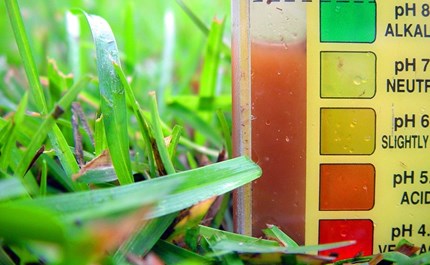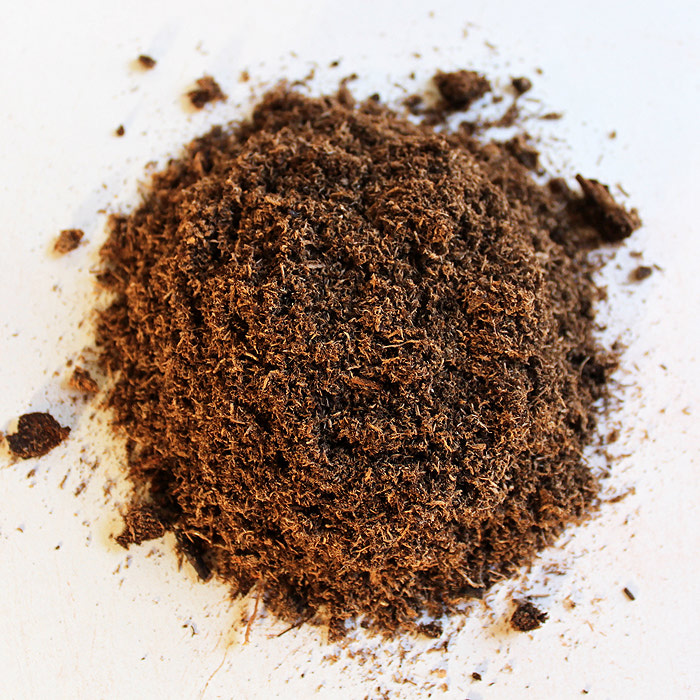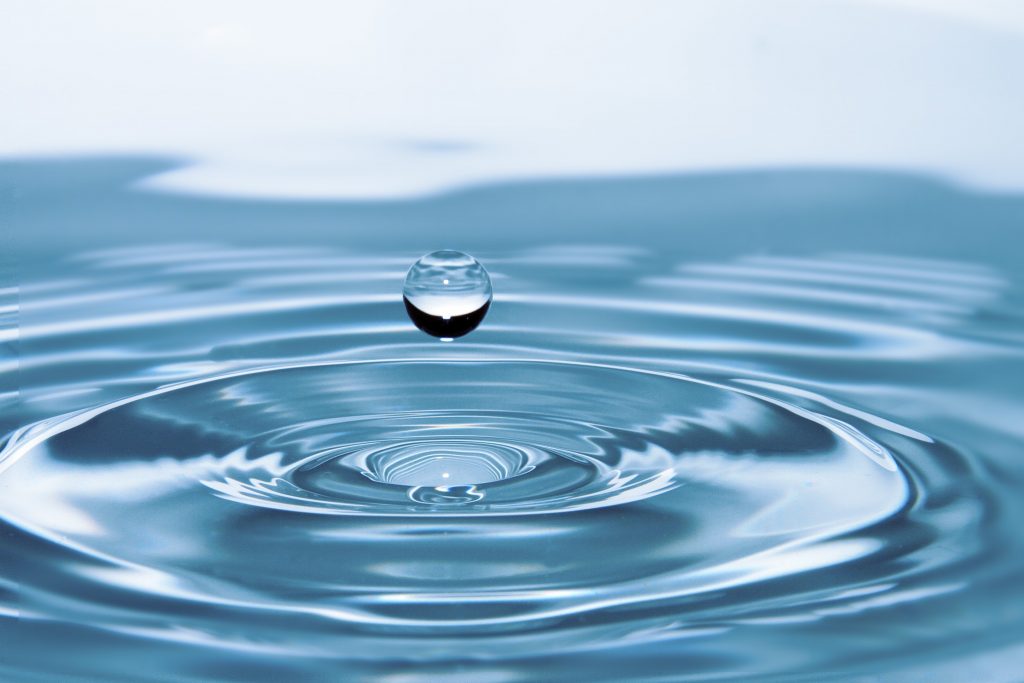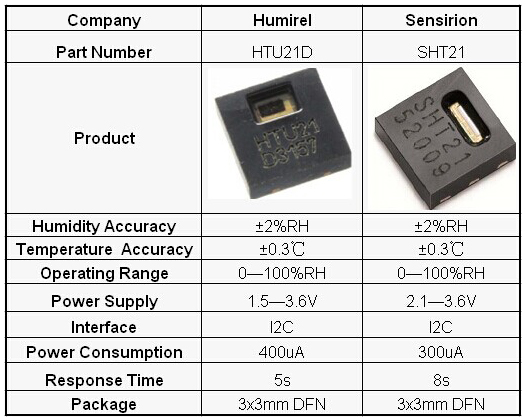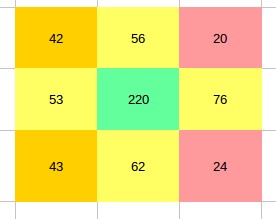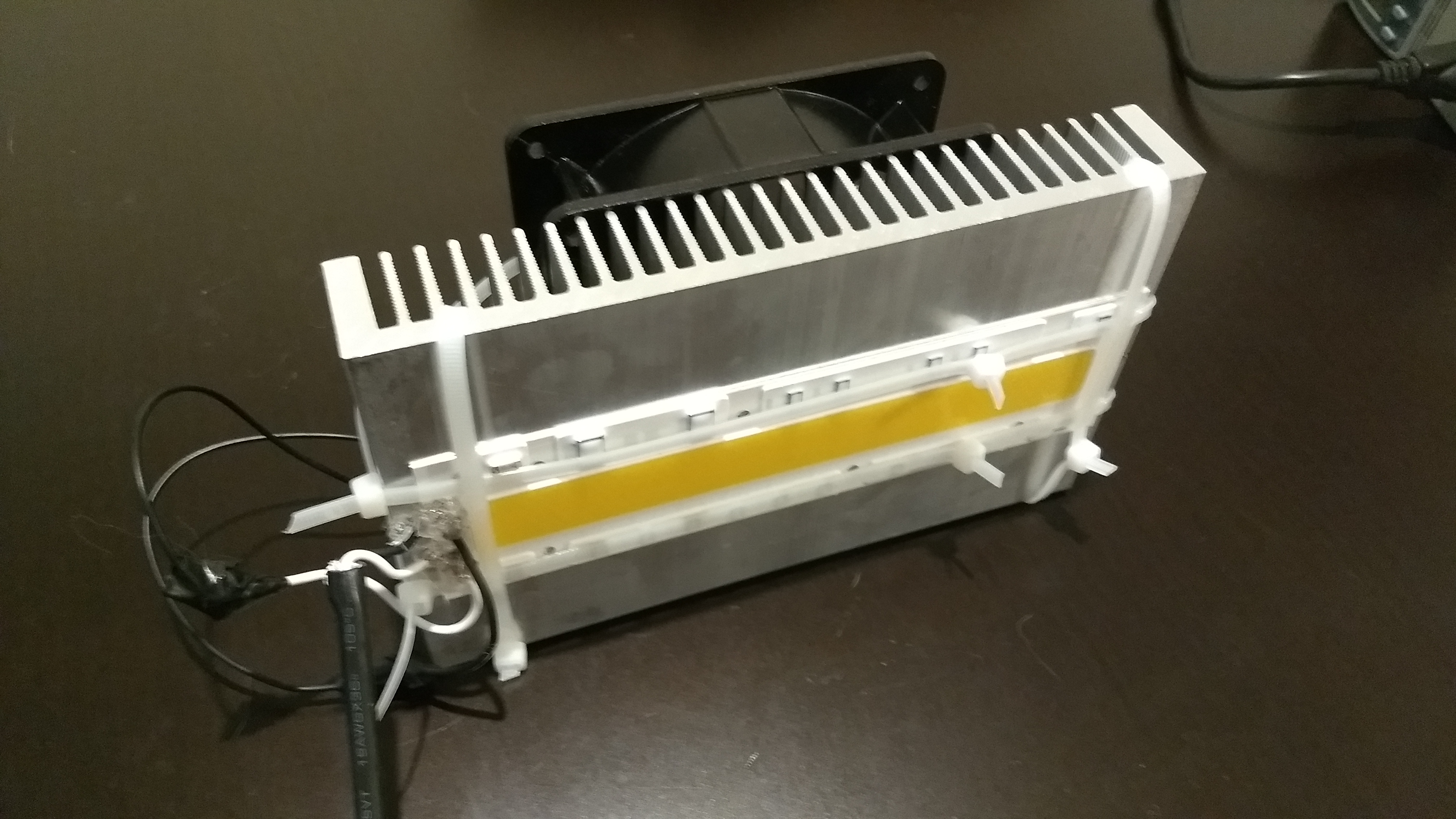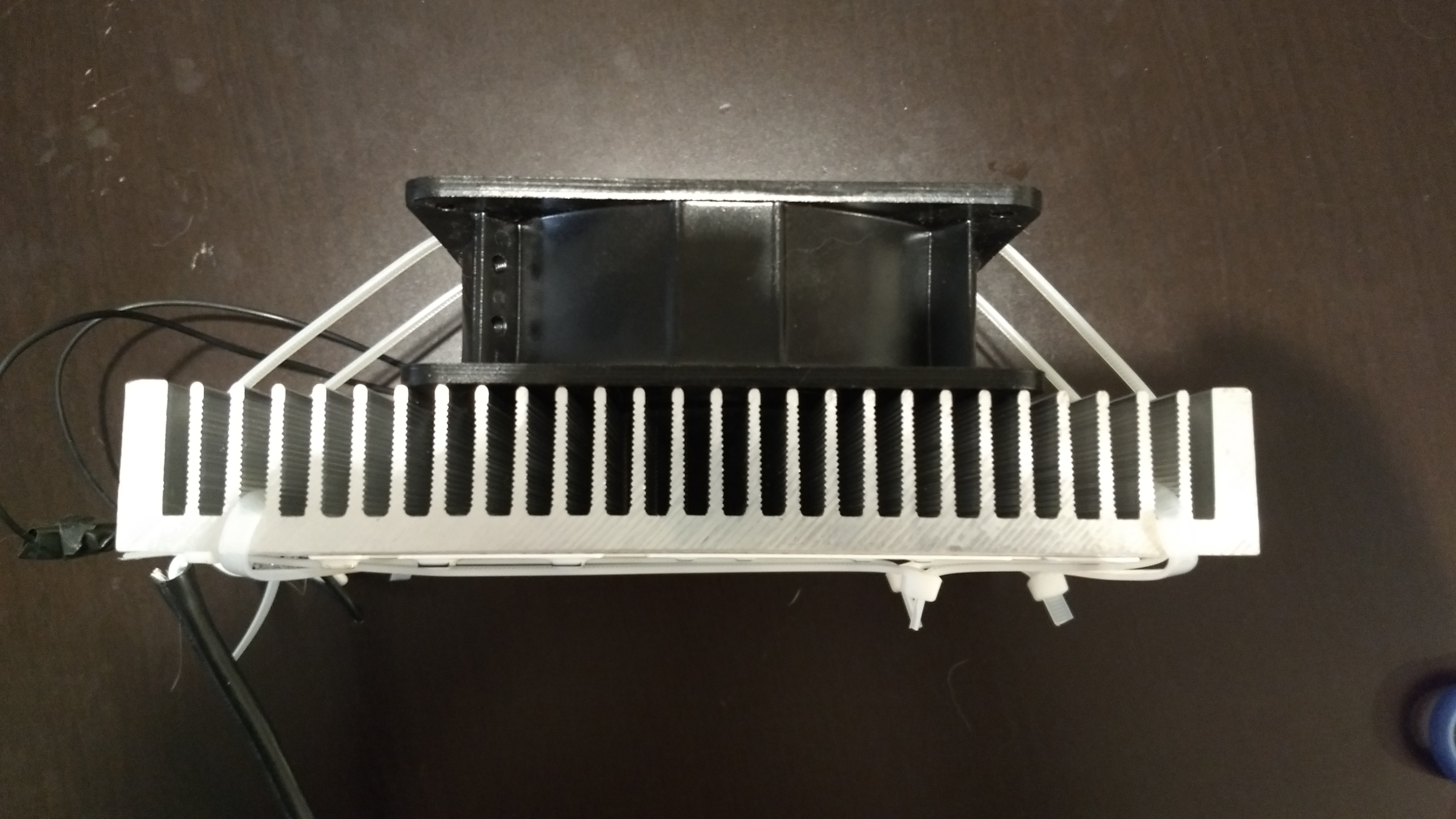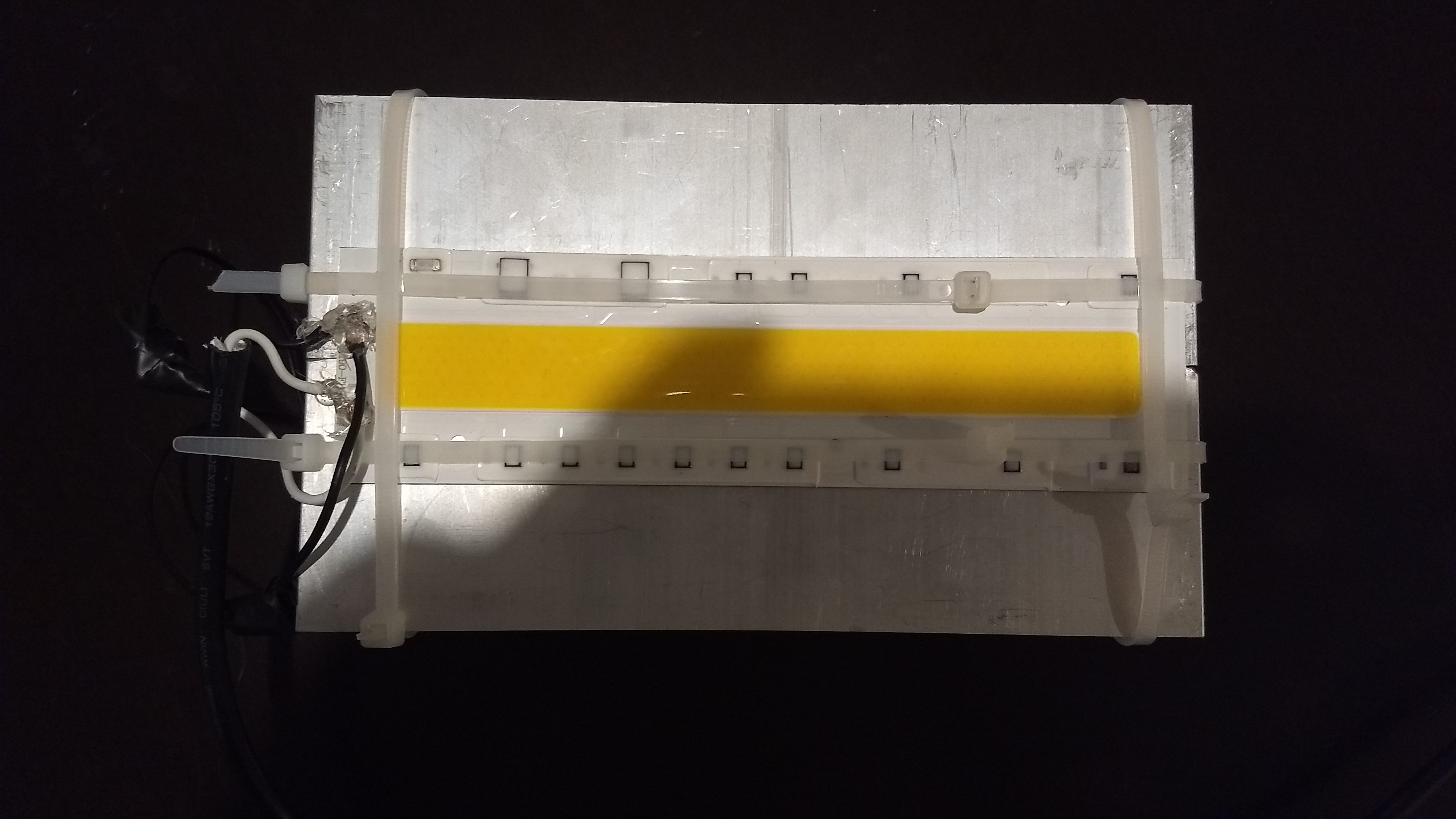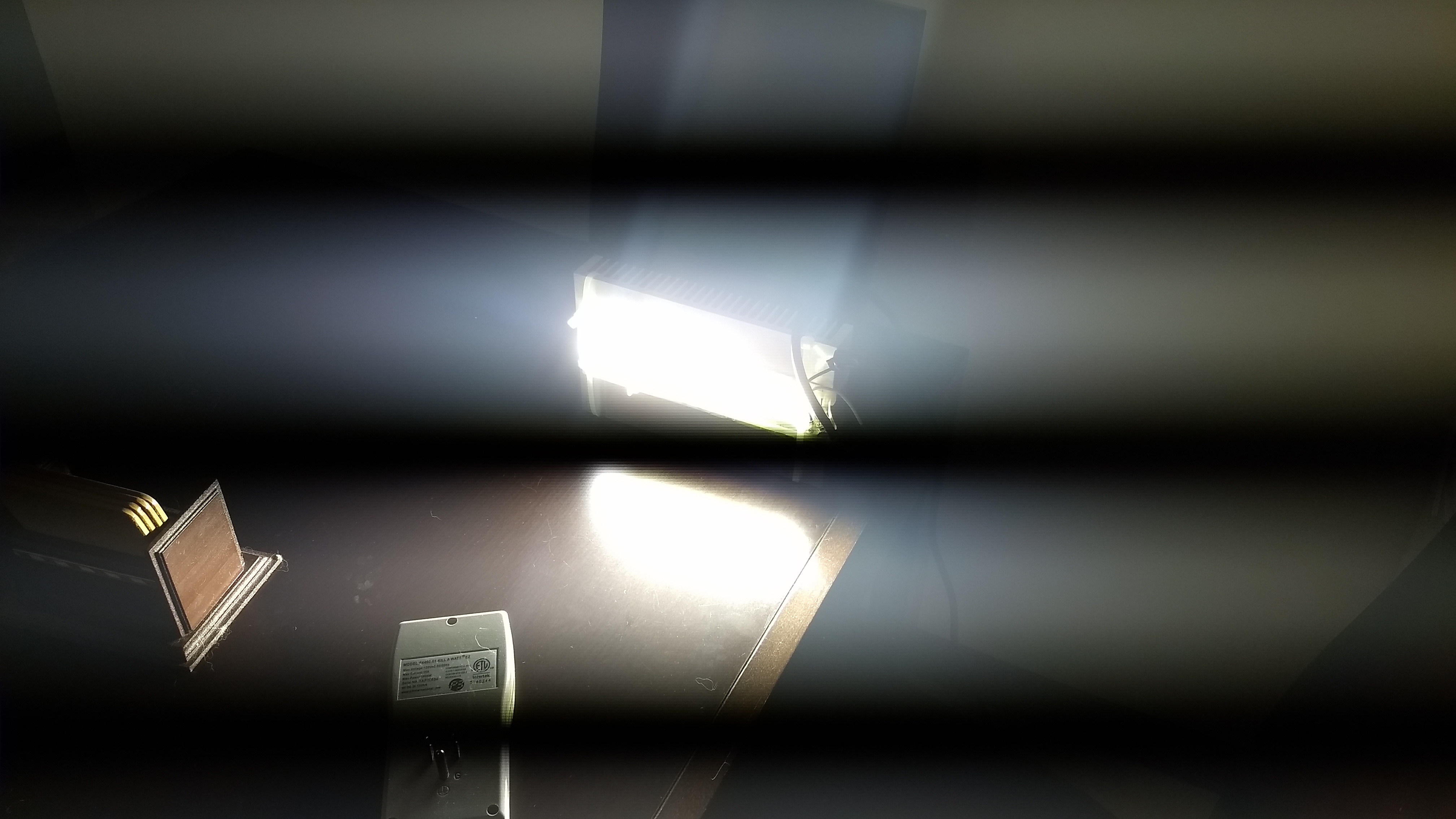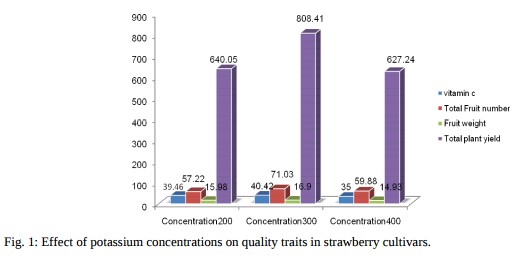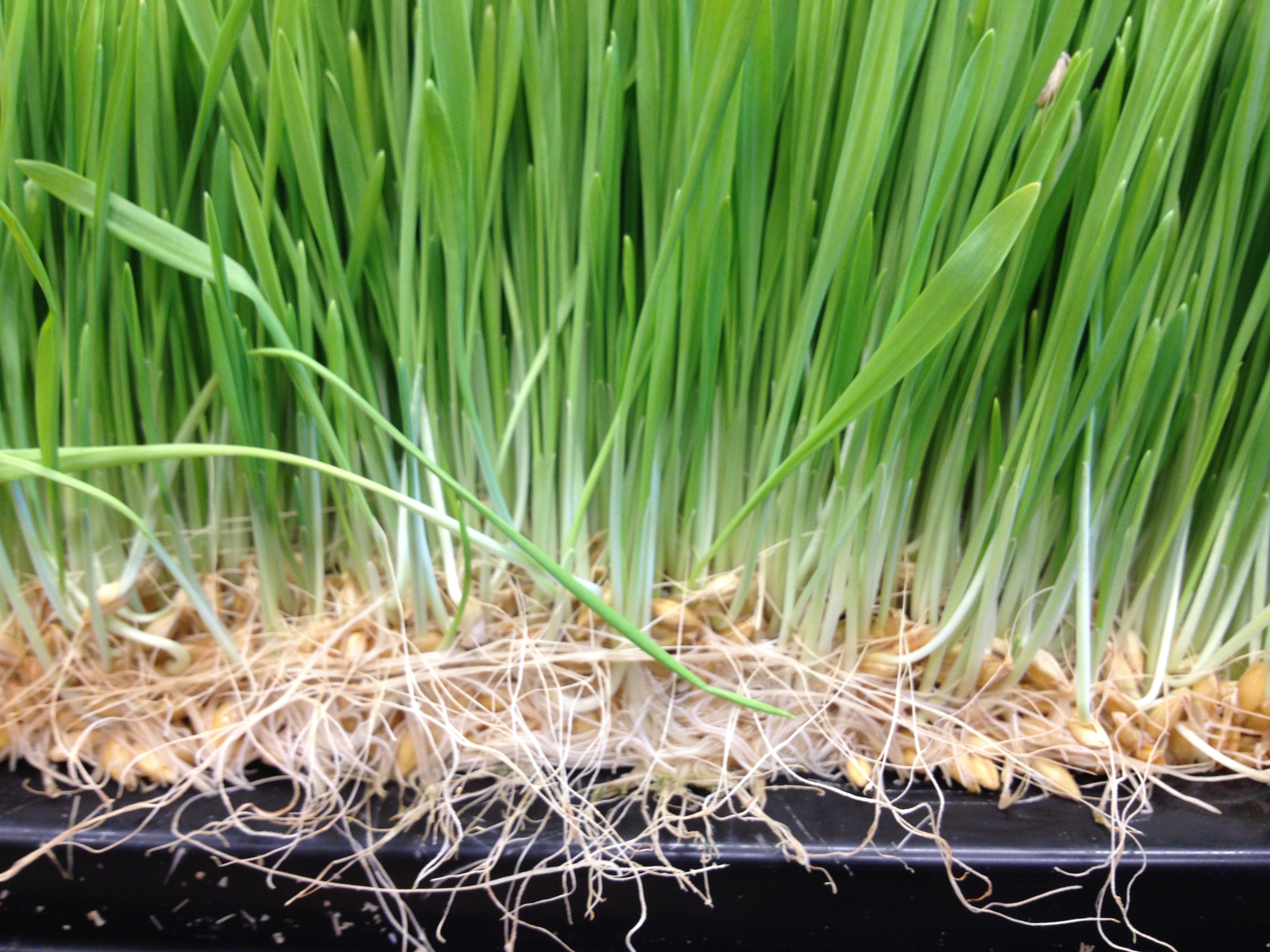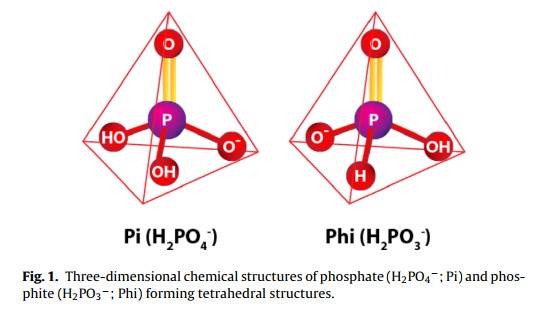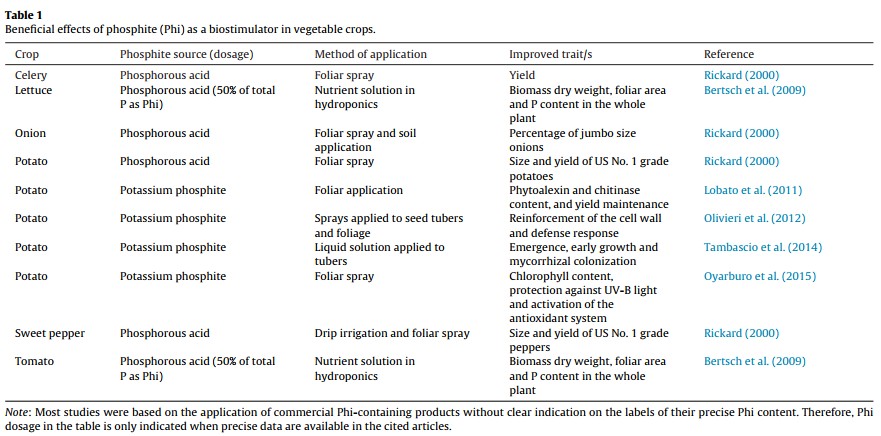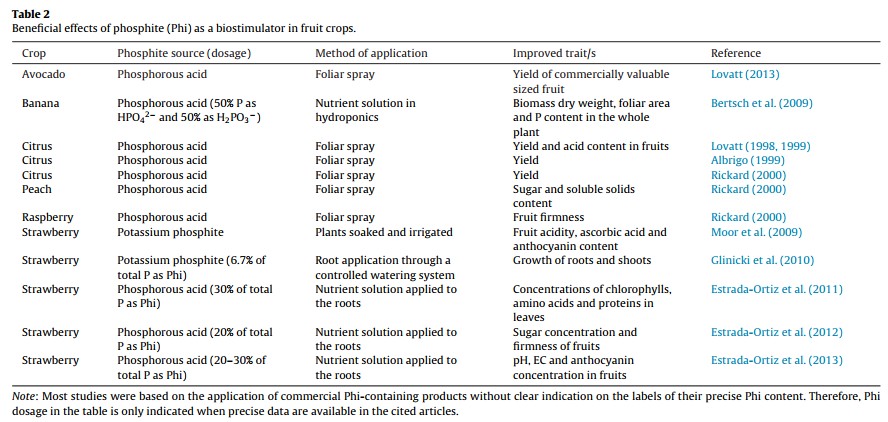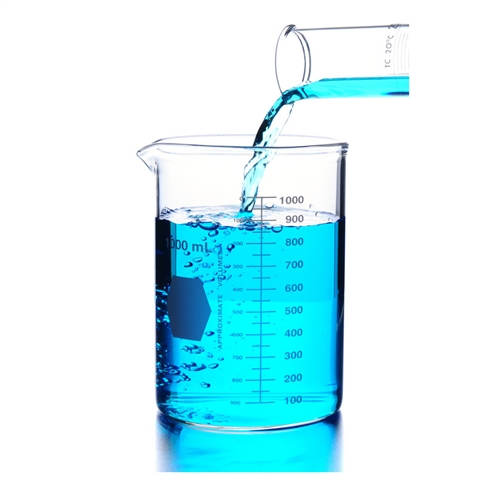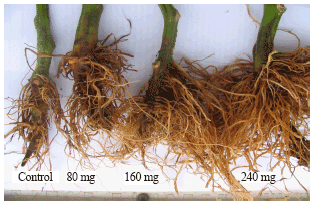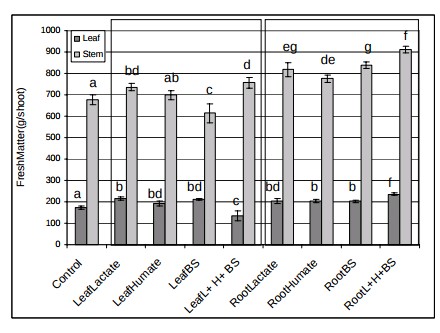Calcium’s behavior in hydroponics
Calcium is often one of the most puzzling elements in hydroponic culture due to its ability to respond fairly non-linearly to nutrient concentrations in solution. This behavior is the result of its transport dynamics and its relationship to other elements that may antagonize it very effectively when they reach higher concentrations. On today’s post I will talk about calcium behavior in hydroponics and how we can play with both environmental and chemical properties to change its concentration in leaf tissue.
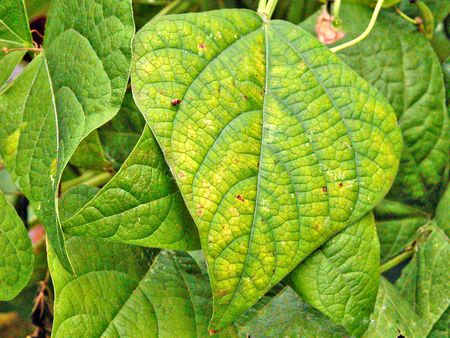
Imagine you’ve had a good growing season up until now, your plants are looking great, you’ve been doing everything properly. Suddenly, you start to see what appears to be a calcium deficiency on your leaves. You proceed to analyze your tissue and notice that your Ca levels are way below what you expect, yet your nutrient solution seems to be very Ca rich, at almost 150-200 ppm. You panic and increase the Ca level to 250 ppm, your following test results come out even lower. You’re not alone, you’ve just misunderstood calcium transport.
Most calcium deficiencies are actually not the result of Ca missing in nutrient solutions but they are caused by faulty Ca transport, which is often related with environmental issues. Calcium transport depends substantially on transpiration, so the solution to Ca deficiencies can be as simple as increasing your vapor pressure deficit (VPD). Ca is also absorbed more effectively when its at a lower concentration than at a higher one, so often increasing Ca will decrease its transport to leaf tissue. This study on tulips and its bibliography illustrates this fairly well, the increase in tissue with Ca follows a parabolic trajectory, where the largest Ca concentrations actually lead to lower Ca in tissue. You can push Ca to the leaves with higher VPD though, as this paper on Ca fortified lettuce shows, with the lettuce grown at Ca at 300ppm at 28C showing the highest Ca accumulation.
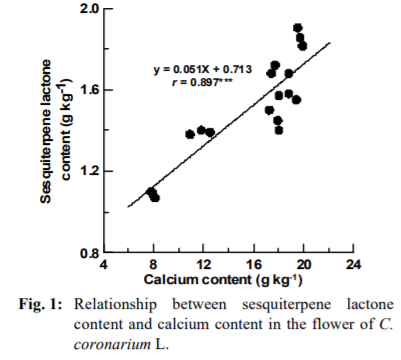
At lower levels Ca can actually start to show the inverse behavior and start to accumulate very heavily in tissue as its transport can become extremely favorable. If you notice a large increase of Ca in your leaf tissue at your plants ideal VPD then you might actually want to increase Ca in solution rather than decrease it, as an increased concentration in solution might actually make transport less favorable. However the most determinant factor in Ca absorption is water transport, so this excessive Ca might just be indicating you that your VPD is too high (so reduce temperature or increase your relative humidity).
This big influence of VPD explains why results of ideal Ca concentrations and Ca:K ratios are significantly disperse in the scientific literature. A recent paper for strawberries shows this ideal ratio to be around 1.3-1.4 but some papers (like the one on tulips shown before or this one) has it way closer to 1.0. The ideal ratio for your crop will also be dependent on the water transport your plants are forced to assume due to your ambient conditions so you will likely need to optimize this variable for your particular growing conditions.
A good place to start for flowering plants in terms of K:Ca is usually a ratio of around 1.2 however, you will need to do tissue analysis to figure out whether the Ca absorption is at the ideal point or whether you want to increase/decrease your Ca. Just bear in mind that increasing Ca in solution might reduce it in your leaf tissue so to reduce Ca in tissue try to play with your VPD first before you play with the concentrations in solution. Chances are that if you’re getting too much or too little your issue is that you’re too deviated from your ideal VPD situation.
